The post Is the Online Photography Community Toxic? appeared first on Digital Photography School. It was authored by Carl Spring.

Is the online photography community toxic? It certainly feels like it sometimes.
There seems to be a lot of toxicity to go around right now – and not just in photography.
Every time I look at social media these days, things get angry very quickly. You only have to look at anything political on Twitter and it generally takes just a few tweets before everything descends into accusations and hatred.
When I look at the photography groups I follow, I’m sad to say I tend to find similar issues. Not in every group, but you only have to look at news of any camera release before things generally descend into tribalism:
“My brand is way better! What were they thinking? This is garbage!”
And my personal favorite:
“You call yourself a professional with opinions like that?”
Sometimes it’s easy to drop the popcorn meme and sit back and enjoy the fireworks. But it does make me question whether there is value in staying in these groups and reading these sites (and comment threads). For pretty much all of us, photography is a hobby that some of us have been lucky enough to turn into our career.
So we need to think about why the photography community can be so toxic.
And we need to ask ourselves:
How can we do better?
Why are online communities toxic?
There any many in-depth essays from people way more qualified than I who have looked into this. It tends to boil down to the fact that not looking in someone’s eyes when you are talking to them removes inhibitions. There is no person and no feelings to be seen, just text on a screen.
That, combined with the ability to hide behind a username, gives people the power to be the vilest version of themselves without consequence.
It’s hard not to retaliate when faced with somebody sniping at you, whether you’re talking online or in person. However, what makes things harder is the fact that, when talking online, we lose the subtlety of delivery and expression.
I am sure everyone reading this has received an email, got the tone completely wrong, and sent a blunt reply. Our ability to articulate through speech is much more advanced and allows for many more subtleties than the written word.
This inability to read tone can get amplified when people from different backgrounds and cultures clash. The internet is worldwide, and as such, cultural differences can be misunderstood and can lead to innocent comments being taken the wrong way.
Finally, we need to take into account the stresses of real life. These days, we tend to lead less social lives. We work longer hours in incredibly stressful jobs where we cannot always say what we want to due to the repercussions.
So we need an outlet for our frustration.
Each of us responds in a different way. For some, it may be going for a run, whereas others may blast away their stresses on the latest first-person shooter video game.
But some people haven’t found a healthy outlet for their frustration, and the release of their anger occurs in online conversations.
With photography, every discussion tends to have two opposite viewpoints. And so, depending on the way your brain is wired, you may struggle to see other community members’ points of view.
Let me explain what I mean in the next section:

Two schools of thought: technical and artistic
Have you ever seen someone from an arts background make conversation with someone from an academic background?
It’s usually very awkward, and both individuals will struggle to find some common ground.
Because while artists tend to deal with unquantifiable factors such as feeling and emotion, academics prefer to work with facts and theory.
Photography, however, is the point at which science and art meet. This brings in two distinct schools of thought – which tend to be polar opposites of each other.
Those who prefer the academic side of photography enjoy technical perfection. The fact that engineers made sensors with the ability to capture so much detail and lenses that are so amazingly sharp is fascinating to them. They look at composition based on mathematical formulae, and past this, they may struggle to make sense of their art.
On the other hand, there are artistic photographers. Those who like lenses that have character, those who do not mind blur in photographs. Those for whom the feeling and the moment are the keys to the perfect photograph, not how sharp it is or whether it follows the golden ratio.
These photographers feel the confines of technology should not stop them from capturing the perfect moment.
Who is right in this argument depends on where you sit on the scale. Without getting too psychological about it, people generally fall into one of two character types: academic or creative. This is due to the makeup of each person’s brain and goes some way toward explaining these differing schools of thought and why people don’t see eye to eye.
In other words:
People are approaching the same problem from different angles.
But this doesn’t explain why there can be so many arguments about photography brands. For this, we need to look at sports teams and the problems of tribalism.

Tribalism
Tribalism is clearly present in sports. But is it also rife in photography?
As photographers, we tend to find a brand that we like, and we stick with it. If the company (and their marketing team) do their job properly, we become loyal to that brand.
Now, we invest a lot in photography from an emotional standpoint. We all know that feeling when you get a shot that turns out better than you expected. It releases the same chemicals in the brain as when your favorite sports team scores.
And the camera you used to take the photograph becomes your team. Your investment in the camera (both emotionally and financially) means it plays a part in your victories.
Ultimately, your camera brand becomes part of your photography and therefore part of you.

Over time, this can lead to tribalism. You love your brand, your brand has helped you in many photographic victories, and in many cases, it has been with you since your youth. So hearing someone talk badly about the brand you shoot with becomes associated with them talking badly about you. You feel the need to defend yourself and your team.
We also tend to surround ourselves with people who love the same brands that we do, which reinforces our opinions. Canon users frequent Canon groups, where Canon is the best and everyone else sucks. The same with Sony, with Nikon, and with every brand. This leads to our opinions becoming reinforced by those we surround ourselves with, cementing the inevitable tribalism.
No brand seems to personify this tribalism more than Sony. If Sony were a football team (or soccer, depending on where you’re from), it would be Manchester United – a team with incredibly adoring fans, but that is also despised by many others.
I have wasted too much of my life reading comment sections of Sony releases (and every brand!) that erupt into arguments about how much Sony rules or Sony sucks. Each time fans attack, then defend their side until the final whistle.
However, unlike sports, these arguments always end in a draw. Nobody wins, nobody loses. It just creates a deeper rivalry between those on either side of the argument and increases tensions for the next meeting.
Also, when you’ve invested thousands into a system, you don’t want to feel like you’ve made the wrong decision. You need to be secure in the knowledge that you have made the right choice, which leads nicely to my next point:

Insecurity
It’s scary to put something that you are so passionate about out into the world.
Sharing a photograph you are proud of is like putting a part of yourself out there for people to talk about. And to have people pick your photo apart can be soul-destroying. It can feel like people are saying that they don’t like you.
How people deal with this critique differs. Some people get depressed and withdraw. Others don’t take criticism very well and lash out toward those giving the critique. It depends on the person, their mood, and a multitude of factors that, quite frankly, are none of anyone else’s business.
A photo similar to yours getting more likes doesn’t mean anything. Unfortunately, thanks to social media, we are now conditioned to associate likes with validation.
Personally, I feel this is shallow, meaningless, and only serves to stroke the ego rather than nourish the soul. However, some see likes and positive comments as the holy grail of photography. It all comes back to our cultural values and our personal belief system.
Art is subjective by nature; remember, we are allowed to have different opinions. It’s not a bad thing to disagree with other people, but it is important that you respect other opinions. It is okay to agree to disagree.
And always try to remember:
Different is good.
Otherwise, there would only be one camera brand, one style of photography, one editing style. It’s also fine to be passionate and argue your case, but always keep it civil. Your bad day, boredom, and whatever else you have going on have nothing to do with your “opponent” or their creativity.
Remember that ripping something to pieces just to make yourself feel better is a pretty lousy way to interact with other people.
Which brings me to my final point:

Some people are simply not very nice
All groups have people that are amazing, kind, and like helping others out.
Unfortunately, all groups also contain people who are simply not nice.
And these are the ones who make the online photography community toxic.
There is nothing much you can do about it, apart from blocking those who you simply cannot agree with and trying not to let them bother you. Life is too short.
For some, going online to try and get a reaction from people is almost like a sport. And what better place to spark a reaction than a creative space where people are giving something of themselves?

What’s it like having to moderate all of this?
While websites and forums may seem full of hate, remember that there are moderators behind these pages trying their hardest to make people’s experience the best it can be.
I caught up with Simon, who moderates the Digital Photography School Facebook page and works with other camera companies’ social media, to see what it is like trying to keep a photography community a nice place for users to interact.
Here’s our exchange:
Can you describe your job and how it works?
I’ve been a social media/community manager for about 12 years now – 10 full time, and part-time for the two prior. I manage all aspects of social media, from content creation to community management to customer support.
Have things gotten better or worse over that time?
When Digital Photography School was in its infancy, I was working in the VBulletin forums that we had back then. I don’t think things have become particularly worse or better. I think, ever since people had a platform where they could speak their mind with little (to them) consequence, we’ve seen people talking without thinking.
How much toxicity do you deal with on a day-to-day basis in your work?
I see negativity on many levels every day: commentary on politics and religion, right through to “your horizon is crooked, are you stupid?” The sad part of what I see is that, with minor wording changes in the photography space, I think there’s potential for a lot less online anger and toxicity. From “Your horizon’s crooked, idiot!” to “I wonder how this photo would look if you straightened up that horizon?”
What is the most common thing that sparks arguments/toxicity in your experience?
In my opinion, insensitivity is what sparks most negative sentiment online. From insulting someone’s photography skills to insulting their way of life, we never can know what someone’s going through on the other end of that interaction; someone has a bad day and takes a comment badly, and up and up it goes until someone’s very upset. I see it daily.
Do you feel that photography is better or worse than other communities for this type of behavior?
I feel like photography is similar to any other, but I’ve always asked myself why. (I mean, I feel like I know the answer! We are making our vision come to life through photography, and when someone leaves an insensitive comment, we respond passionately…)
As someone who sees the worst of the photography community, does it depress you how bad it has become? Do you tend to avoid parts of the community due to this?
It does depress me. Obviously, it’s a little different for me than I guess most people, as it’s my job to wade into those conversations where it has an impact on a community that I manage or a brand that I manage, so I can’t avoid it. If I were a reader or contributor in one of our groups or on the blog, after seeing the conversations that I have seen spiral out of control so many times, I’d teach myself to have patience with people and to skip through threads that made me angry or sad; life is too short for that stuff!
What one thing would you ask of dPS readers when they are posting comments that could be considered obnoxious/rude/toxic?
I don’t want to ever control people’s commentary on a topic; sometimes I need to close and remove threads or give people little “timeouts.” But I’d ask that, if they were replying to something that made them angry, to maybe take a minute and think through what is happening in that thread; find a different way to respond. Don’t use incendiary phrases like “You’re an idiot!” It never achieves anything. Be kind.

How can we do better?
To conclude, I wanted to find a way to try and help the photography community. After many hours of thought, I came up with four simple words you should think about before you post to a website. They are as follows:
Don’t be a jerk!
I hope that helps.
Now over to you:
How do you feel about the photography community? Do you think that things are pretty toxic? How does that make you feel, and what can be done to make things better? Share your thoughts in the comments below!
The post Is the Online Photography Community Toxic? appeared first on Digital Photography School. It was authored by Carl Spring.



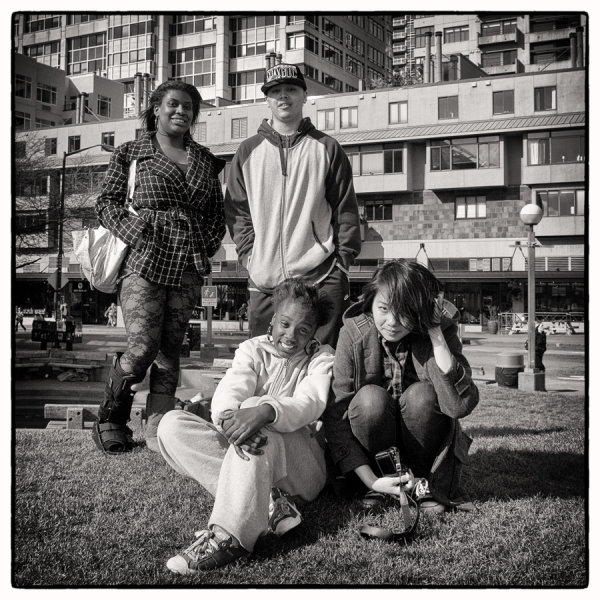
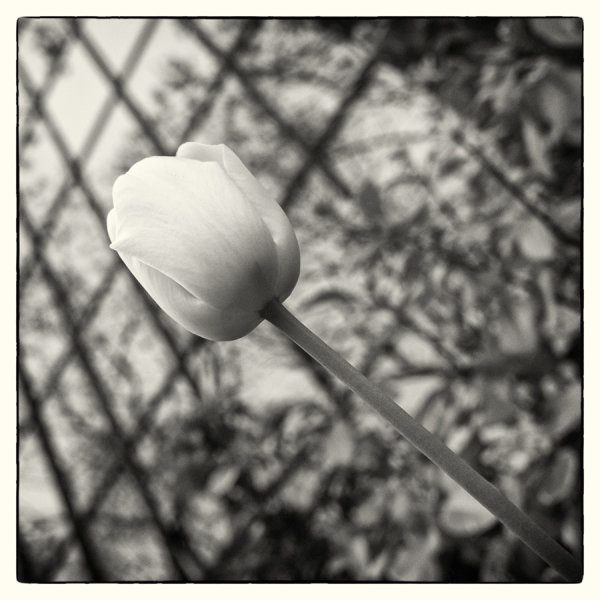
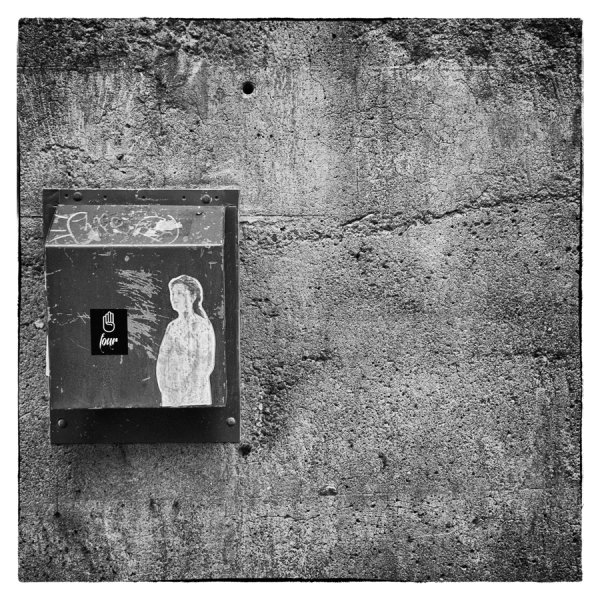
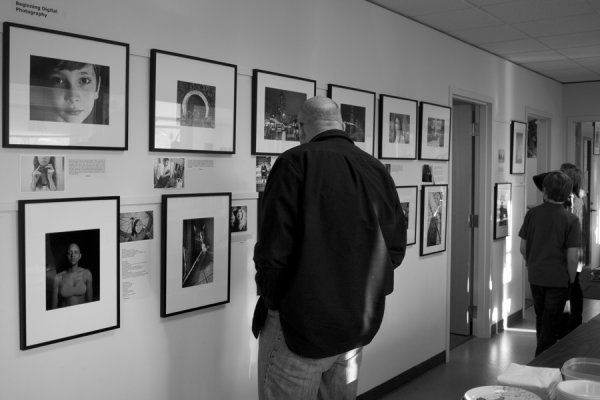

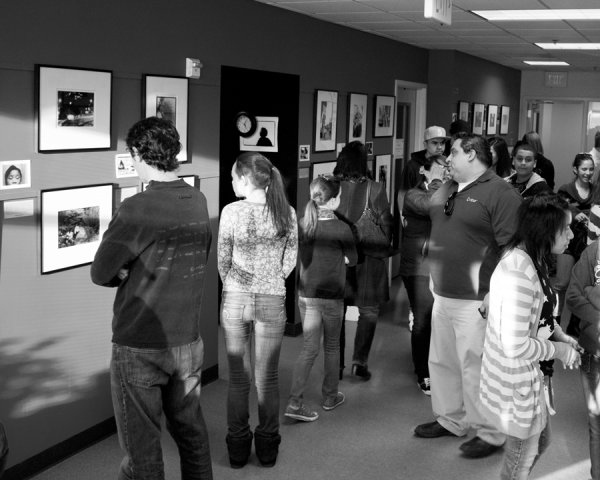












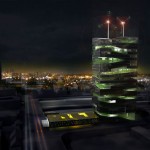










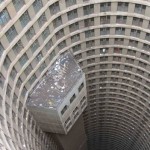

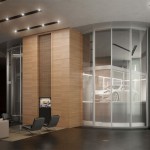












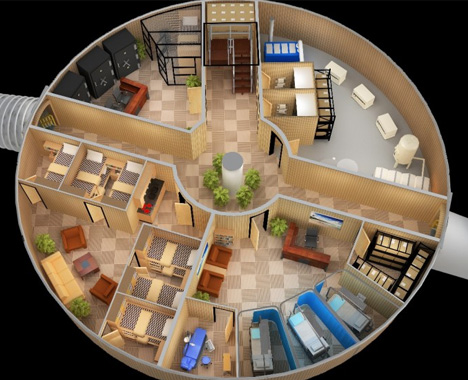


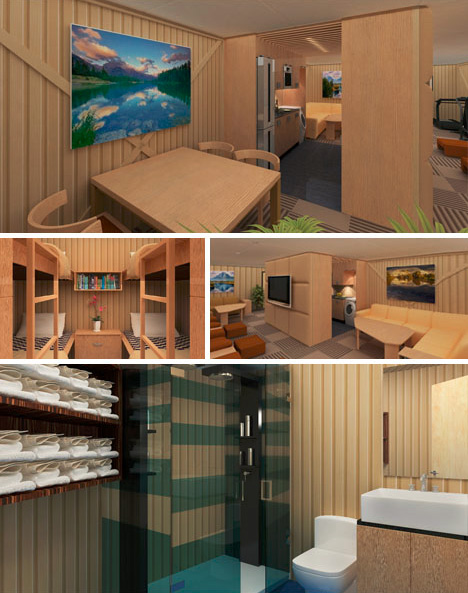
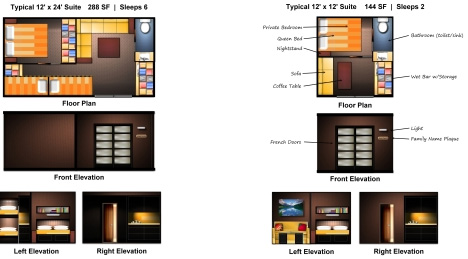

You must be logged in to post a comment.